6 Objects That Tell the Fabulous Story of Studio 54
Galerie speaks with the Brooklyn Museum’s curator about the show’s highlights, from Elizabeth Taylor’s sapphire necklace to Norma Kamali’s sleeping-bag coat
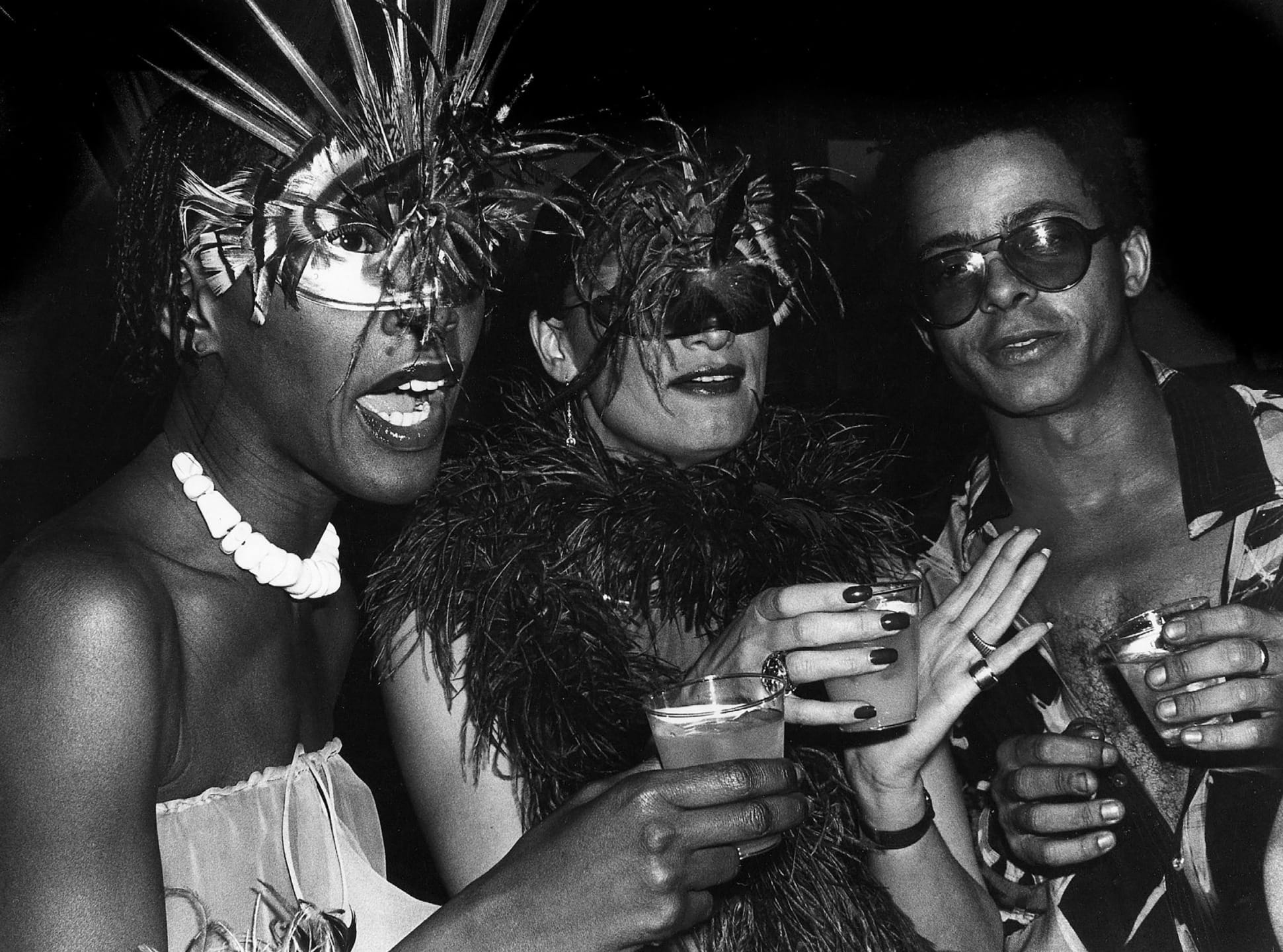
Over two years in the making, the “Studio 54: Night Magic” exhibition opened at the Brooklyn Museum just a few days before New Yorkers were ordered to stay home in March. Although the museum is still adjusting its exhibition schedules in response to the pandemic, it promises that this highly detailed show will have a long enough run that everyone has a chance to see the firsthand accounts and collection of objects that paint a vivid story of the legendary nightclub that made history in its short 33-month existence.
Here, Galerie asks the institution’s senior curator of fashion and material culture, Matthew Yokobosky, about putting together the exhibition as well as some of his favorite pieces on display.
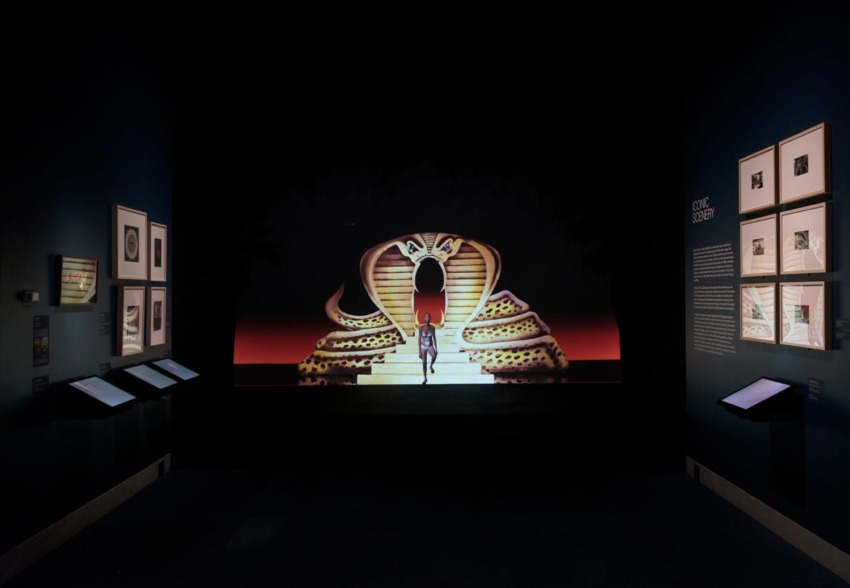
Why did you decide to curate an exhibition on Studio 54?
In March 2018, after opening the David Bowie retrospective I curated, our director, Anne Pasternak, asked me what I had been thinking about next. She had recently let me borrow a book that Ian Schrager had come out with on the nightclub, and I had spent a lot of time thumbing through it while on calls about the Bowie show. There was so much creativity and design that went into making the club, so I pitched her that idea and she loved it.
Where do you begin creating a museum exhibition about a nightclub?
Anne set up a meeting with us and Ian Schrager. That first meeting went well, and after the second he said, Let’s do it. But to be quite frank, this exhibition went a little bit into new territory. I couldn’t find another exhibition on a nightclub in a museum ever before. It was a little bit of one foot in front of the other, so I started interviewing over 100 people who went there and worked there. I got a first-person oral history, which gave me the opportunity to find out what material they still had, and I wound up sourcing 90 percent of what’s in the show from them.
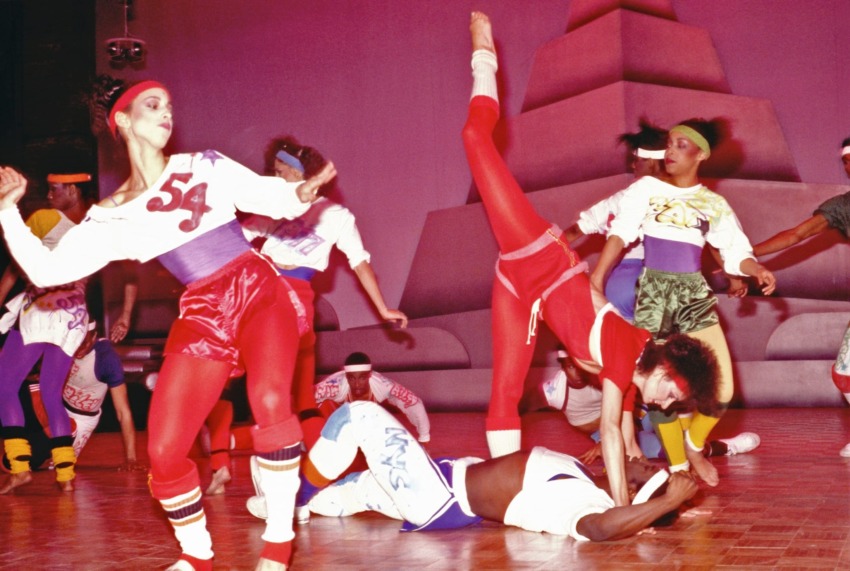
How do you tell the story of a nightclub in a museum setting?
We had to think of the design in terms of how someone would walk through the show and how that path would build the narrative. There was a hallway before you got into the nightclub that was a mood builder. For example, during a Grease-themed night, it was filled with lockers. So I took barware from the museum’s permanent collection and made the hallway about setting the nightclub mood and giving the history of New York in the 1970s, then into Schrager and Steve Rubell’s first nightclub, the Enchanted Garden, into the 33 months that Studio 54 was open.

What’s on view in the exhibition?
It’s similar to Bowie’s in that it has articles, film clips, and clothing. But it was disco, so it has a different flair. It brings together material from a lot of different media—fashion, photography, set design, and more.
Below, Yokobosky shares the stories behind some of his favorite pieces in the show:

Elizabeth Taylor’s Bulgari Necklace
“Liza Minelli had a quote in the New York Times that said Studio 54 gave us a reason to get dressed up and go out again. If you were a celebrity, you got dressed up because you were going to have your photo taken. And if you weren’t, you got dressed up so you could get in. Liza Minelli invited Elizabeth Taylor to come to a party that was a benefit for the Martha Graham dance company in 1979. She arrived with her sapphire necklace, which was a gift from Richard Burton for her 40th birthday. Bulgari agreed to loan us the necklace from their archives.”
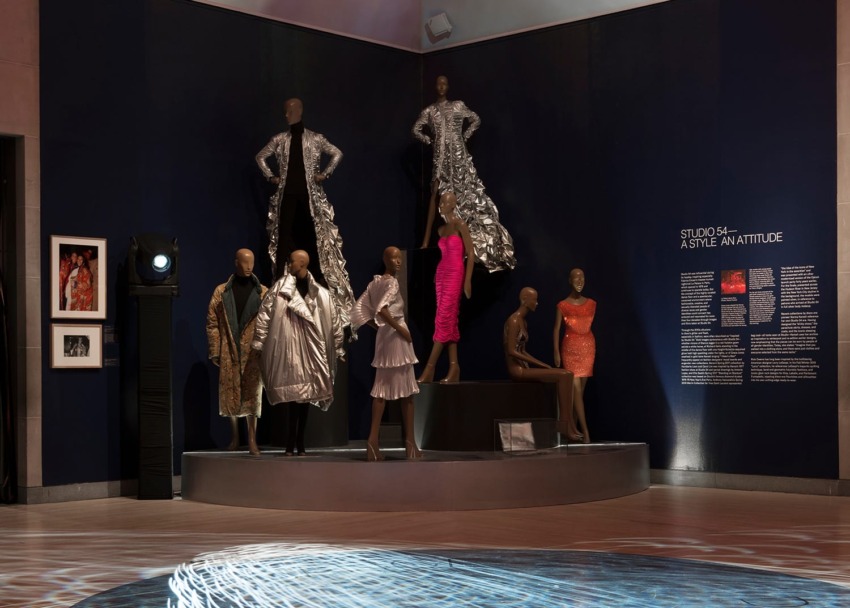
Norma Kamali Sleeping-Bag Coat
“Norma invented the coat in the mid-’70s after she had been camping and put a sleeping bag on her shoulders and realized it would make a great coat. She was dating Ian in ’78 and ’79, and the young women who worked the door would get clothing from her. In the winter, the door people wore sleeping-bag coats from Norma to keep warm.”
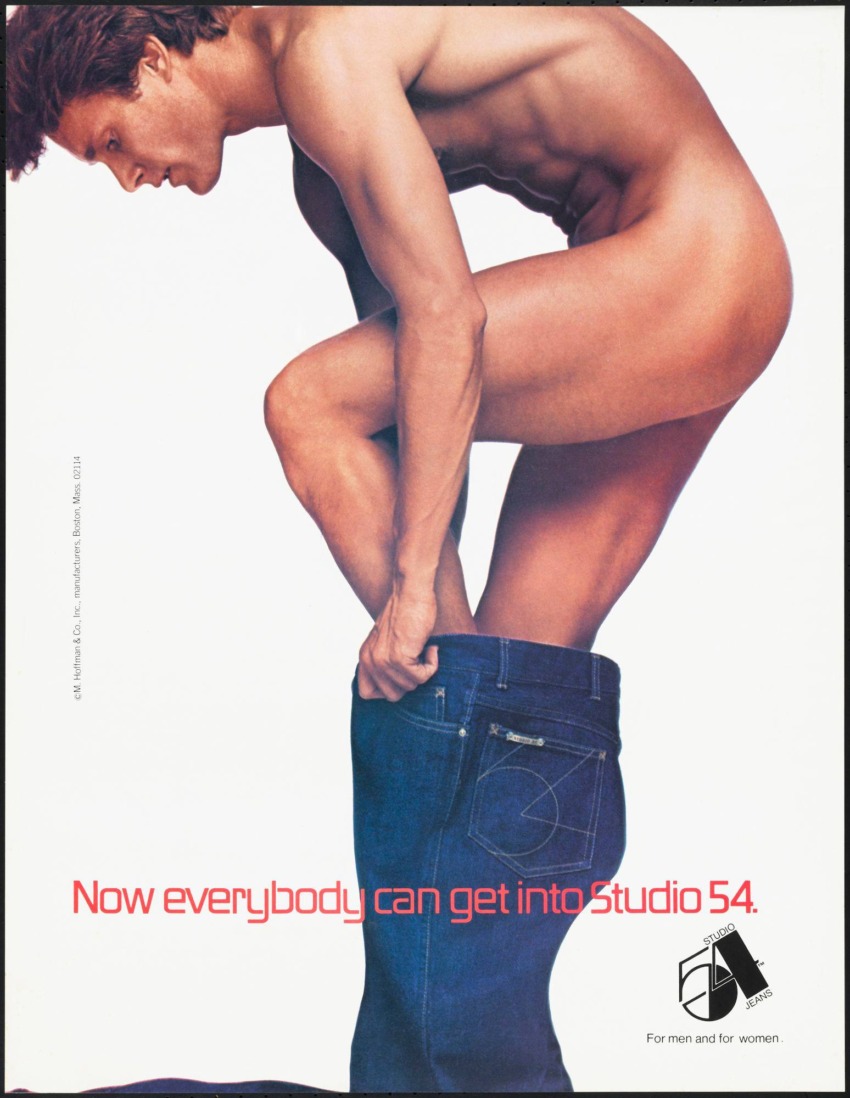
Studio 54 Jeans
“Norma Kamali designed Studio 54 jeans with a company called Land Lubber, so we have a few of those and the ads for the jeans. Peter Rogers had written the clever line for the ads, since he had also done the ‘what becomes a legend most’ ads for Blackgama mink. Studio 54 always went to the right people for whatever it was.”
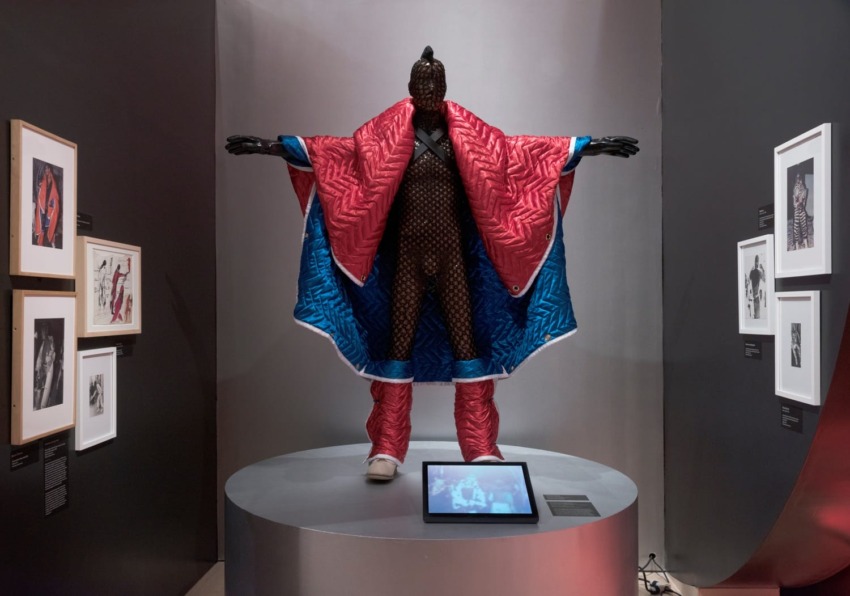
Fantasy Costume by Genesis
“I had one outfit that was originally worn by Richie Gallo remade. He was a performance artist, who worked with Robert Wilson. His looks were made by a company called Genesis, which Phillip Haight and Ronald Kolodzie were the designers of. They did these extravagant outfits. The recreation was done by Geoffrey Mac, who won this year’s Project Runway. It’s a black netted bodysuit that is hand sequined with a red-and-blue coat made out of a packing blanket with matching boots.”

Roy Thode’s BPM Bible
“Roy Thode was considered one of the best DJs. When Studio 54 opened, the technology of DJ-ing was pretty early and basic. If you were going to mix records, you were doing it all manually. It was before turntables where you could adjust the speed. Every Saturday, Roy would get the new records and count out the Beats Per Minute (BPM) manually for each song. So each page of the book is all the songs with that many beats per minute, so when he was mixing songs, he could reference to that.”
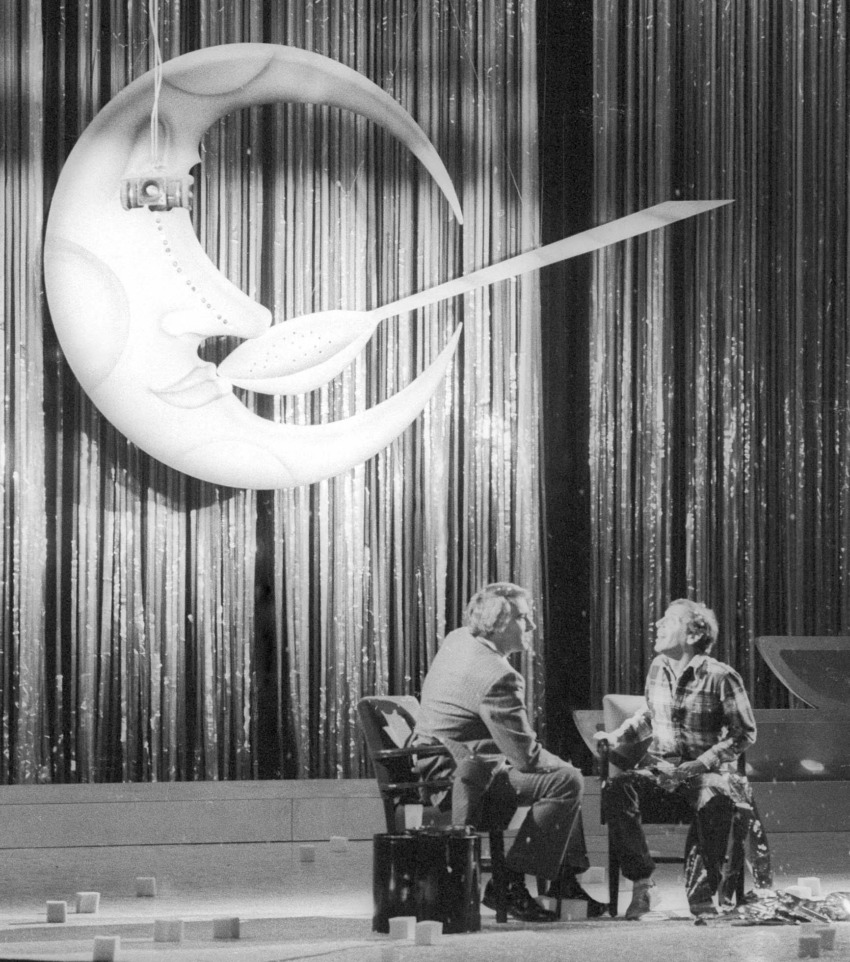
The Moon and the Spoon
“The premise was that when you went there you would have night and day, sunrise and sunset, snowstorms, a volcano, everything. One of the earliest was the moon with planets. The spoon got added later as tongue in cheek. It was so audacious that they would boldly put it in there. Aero Graphics, led by Dean Janoff and Richie Williamson, designed the moon and spoon, which became a symbol of the nightclub and the excesses of that time. The sets were often destroyed or painted over, so we used a photo of the original in the exhibition.”